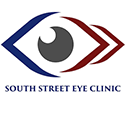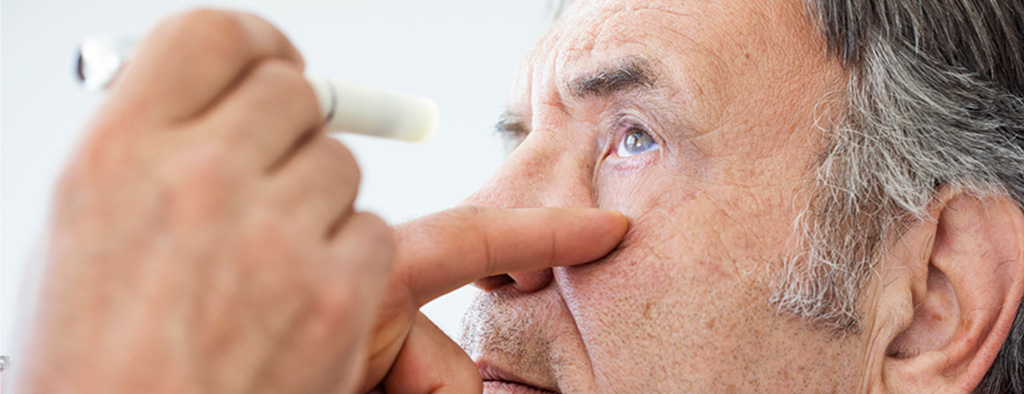A Retinal Vein Occlusion is a blockage of a vein in the retinal circulation that causes the vein to leak blood and excess fluid into the retina.
The eye is like a round camera with lenses at the front and the film of the eye at the back. The retina is the film of the eye and is covered in arteries that carry blood to the retina and veins that drain the blood away.
Visual loss varies depending on the severity of the swelling from the fluid or blood leaking from the blocked retinal vein.


